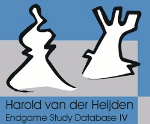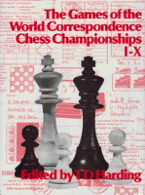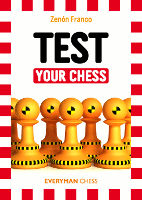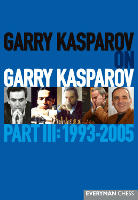Golembek’s Encyclopedia of Chess defines an Endgame Study as “a composed position where the play shows a forced win or draw in a unique manner.” Golembek writes, “at its highest level the study is an art form where strict canons of originality, variety, harmony and beauty may apply.” The Oxford Companion to Chess by Hooper and Whyld suggests that “study composition reached a high level during the great days of Islamic chess in the 9th and 10th centuries” and “lay almost neglected until the 19th century.”
Studies differ from chess problems in that they are more closely related to positions that could arise over-the-board and the solution does not require a pre-determined number of moves. Compared to positions that could arise in actual play, the study is usually more subtle and every unit should be essential to the solution. As Beasley and Whitworth write in Endgame Magic, “a study has the cultivated intensity of a short story.” The World Chess Federation, FIDE, now recognizes skill in study composing by awarding GM, IM, and FM titles for study composition.
The aim in each position is to achieve a win or a draw, and, unless it is otherwise noted, it is always White to move. ChessCafe.com is pleased to present a weekly endgame study for your enjoyment.
K. Regan
Chess Life & Review 1972
![[FEN "8/pp2P3/7k/PR6/4K3/8/1p6/1r6 w - - 0 1"]](https://chesscafe.com/wp-content/uploads/2014/09/es920.gif)
[FEN “8/pp2P3/7k/PR6/4K3/8/1p6/1r6 w – – 0 1”]
White to Play
Many of the featured endgame studies can be found in the fourth edition of Harold van der Heijden’s endgame study database. With 76,132 entries, it is the most comprehensive collection of endgame studies available.

Harold van der Heijden’s endgame study database
If you are interested in endgame studies, look into the endgame study magazine EG. The complete PDF archives of EG Volumes 1-152 are available online, as is the complete run of British Endgame Study News.
Solution
1.Rxb2! Rxb2 [1…Re1+ 2.Kf5! Rxe7 3.Kf6!] 2.Kd3 Rb3+ 3.Kd4 Rb4+ 4.Kd5 Rb5+ 5.Kd6 Rxa5 6.e8Q 1-0
Copyright 2014 and ChessEdu.org. All Rights Reserved.




Leave a Reply